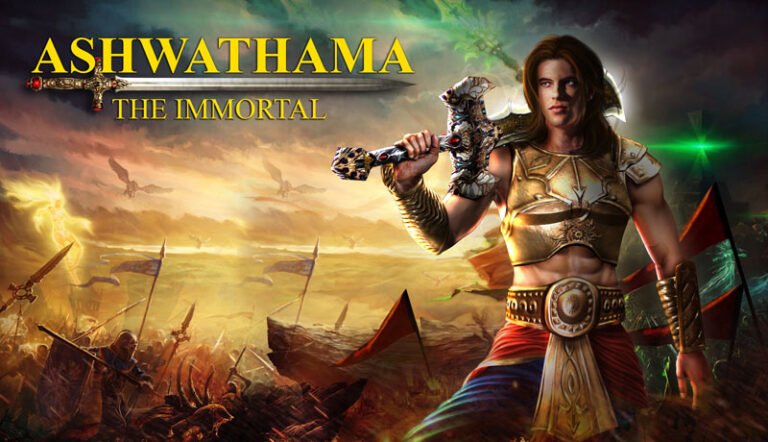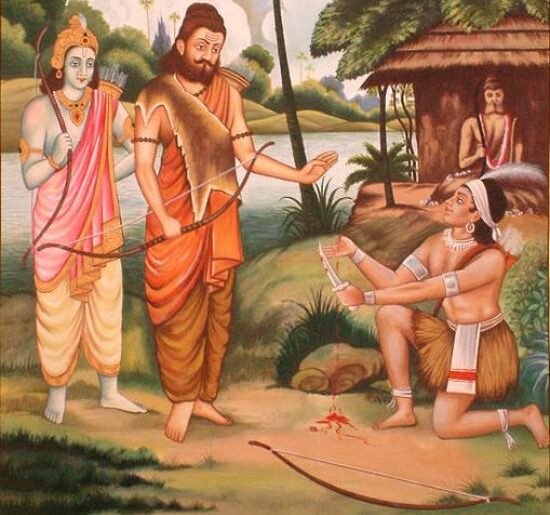(Originally posted on Dec 8, 2021 on the Drishti blog)
Digital twins combine all the best elements of a simulation, 3D CAD model, bill of materials and data from connected devices to produce a system of systems that interoperates between different technology platforms. By spanning the entire engineering lifecycle, a digital twin allows for continuous improvements to be tested and implemented at any stage of the manufacturing process in a digital environment that is much cheaper to operate compared to the physical world.
By making product modeling much easier, faster and more accurate, how goods are produced is drastically changed. In the future, with the help of digital twins, manufacturers will be able to produce customized goods at a similar price point to mass manufactured goods.
There is only one issue with this future: When it comes to taking advantage of digital twin technology, assembly operations will be left behind. Factories that still rely on 100-year-old time and motion studies vis-a-vis the traditional pen, paper and stopwatch approach are not prepared to digitally transform their lines and extend this Industry 4.0 technology to their assembly operations. The data modality that manufacturers are using to measure their team’s success needs to change, and the data needs to be scaled and shared across systems. Executing on such an initiative takes Drishti.
Drishti is the execution element of digital twins
By using Drishti’s AI and computer vision to capture metrics on things like cycle times, defect rates and standardized work adherence, a physical assembly line can be paired with its digital counterpart. That data can then be analyzed and shared across teams using Drishti’s platform to pull out insights and decide which stations need to be optimized.

Take line balancing for example. Since industrial engineers can’t run kaizens on a continuous basis, and coupled with the frequency of market demand changes and process changes, manufacturers need a more optimal starting point. Drishti’s platform makes it easy for anyone, not just industrial engineers, to see where changes need to be made.
No longer does a line supervisor’s time need to be wasted gathering data; it can now be applied to taking action. Industrial engineers can save time and use the data to actually address line issues. With Drishti, everyone can conduct mini-kaizens at any time – this is the Drishti-driven world of continuous improvement.
Bringing it all together
This digital lean approach arms the management team with data that is now more easily quantifiable and gives them a visual representation of how their line is functioning. When paired with Drishti, digital twin technology no longer has to omit human activities from its simulations. AI-powered assembly production creates the data sets that have been missing from digital twins to generate a digital assembly line.
As products continue to get more complex, technological convergence will be imperative. Platforms will need to cooperate with each other to provide more in-depth capabilities, so the best decision can always be made. As information inefficiencies are solved, assembly operations will be able to receive more value.










